From August 1 to 5, Russia and China will hold a large-scale naval exercise called “Maritime Interaction 2025” in the waters near Vladivostok, eastern Russia. This is one of the most prominent bilateral military activities between the two countries this year, taking place in the context of increasingly close bilateral defense relations and tensions between the countries that have not yet cooled down.
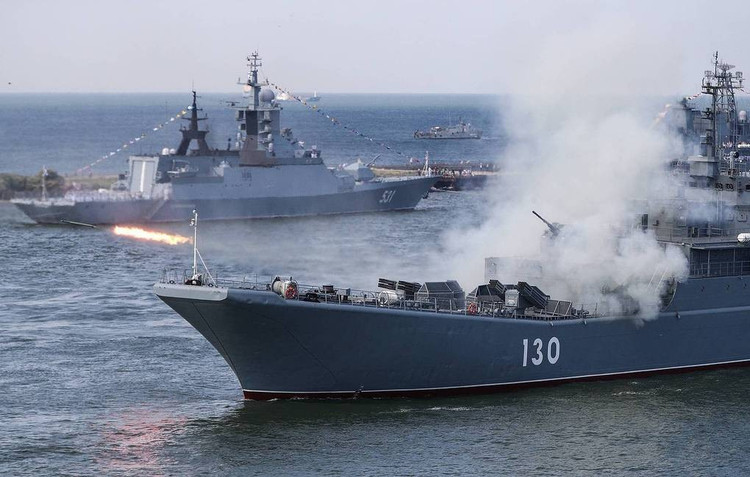
According to the Chinese Ministry of National Defense , the exercise involved warships, diesel-electric submarines, and naval aircraft from both sides. The Chinese Navy sent the Type 052 Shaoxing destroyer to command the formation, while Russia deployed the large anti-submarine ship Admiral Tributs to lead the way. The exercise included anti-submarine warfare, air defense, search and rescue, and live-fire exercises.
Although both Moscow and Beijing have said the exercise is part of their annual cooperation plan and is not aimed at any particular country, analysts say it carries many strategic messages. In the context of the US and its allies increasing their military presence in the Asia- Pacific , Russia and China's continued strengthening of defense cooperation is seen as a move to demonstrate their common stance and strengthen their influence in the region, which is sensitive to geopolitics.
According to data from the Center for Strategic and International Studies (CSIS), over the past 20 years, Russia and China have conducted more than 100 joint exercises, with a sharp increase since 2018. In addition to training activities, the two countries also regularly conduct joint naval and air patrols in areas near Japan, the Korean Peninsula, and the East China Sea – places where US forces are present.
Immediately after this exercise, the two countries also planned to continue a sixth joint naval patrol, showing the increasingly frequent level of coordination. Meanwhile, the deployment of the exercise in the waters near Japan also attracted the attention of the regional public, especially in the context of the ongoing sovereignty dispute between Russia and Japan over the Southern Kuril Islands.
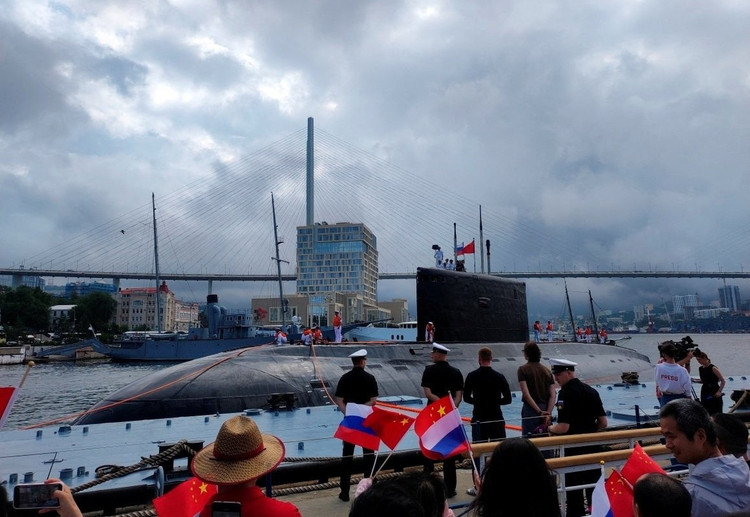
Although they have not yet established a formal military alliance, Russia and China are gradually increasing their ability to coordinate, especially in joint combat situations. Observers say the two sides are aiming for a long-term goal: building a new balance at sea, where the US and its allies do not have the upper hand.
In addition to the technical and training elements, the “Maritime Interaction 2025” exercise clearly reflects the trend of countries using the navy as the main tool in the competition for influence. With the ability to deploy far from shore, control maritime space and connect armed forces, the navy is becoming the center of modern defense and deterrence strategies.
It is no coincidence that China and Russia have chosen this moment to coordinate their actions. In the context of the US increasing military support for Ukraine and continuing to promote security alliances in Asia, the two countries holding high-intensity exercises is a way to affirm their respective roles and interests in the Pacific region - which is becoming the new focus of global competition.
Source: https://khoahocdoisong.vn/nga-trung-tap-tran-quy-mo-lon-tren-bien-post2149043266.html



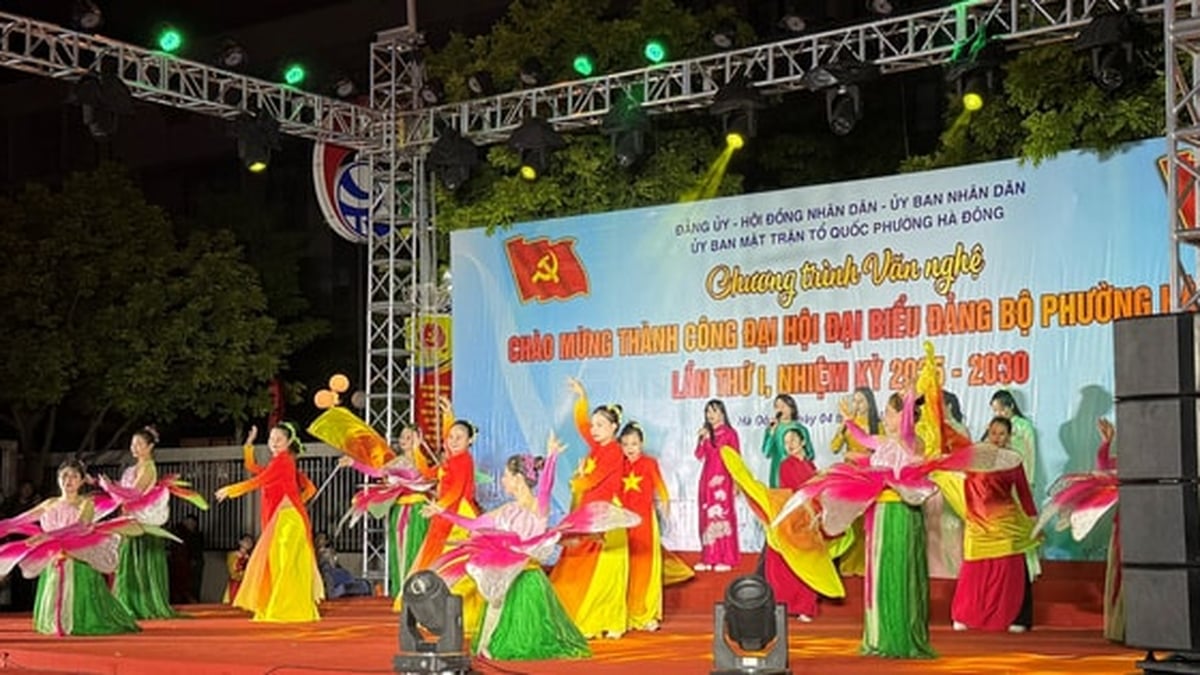



















































![[Maritime News] Two Evergreen ships in a row: More than 50 containers fell into the sea](https://vphoto.vietnam.vn/thumb/402x226/vietnam/resource/IMAGE/2025/8/4/7c4aab5ced9d4b0e893092ffc2be8327)




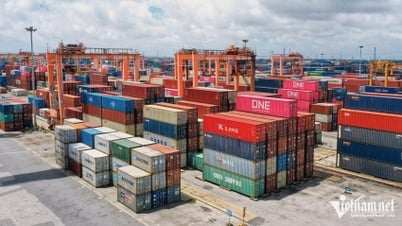





































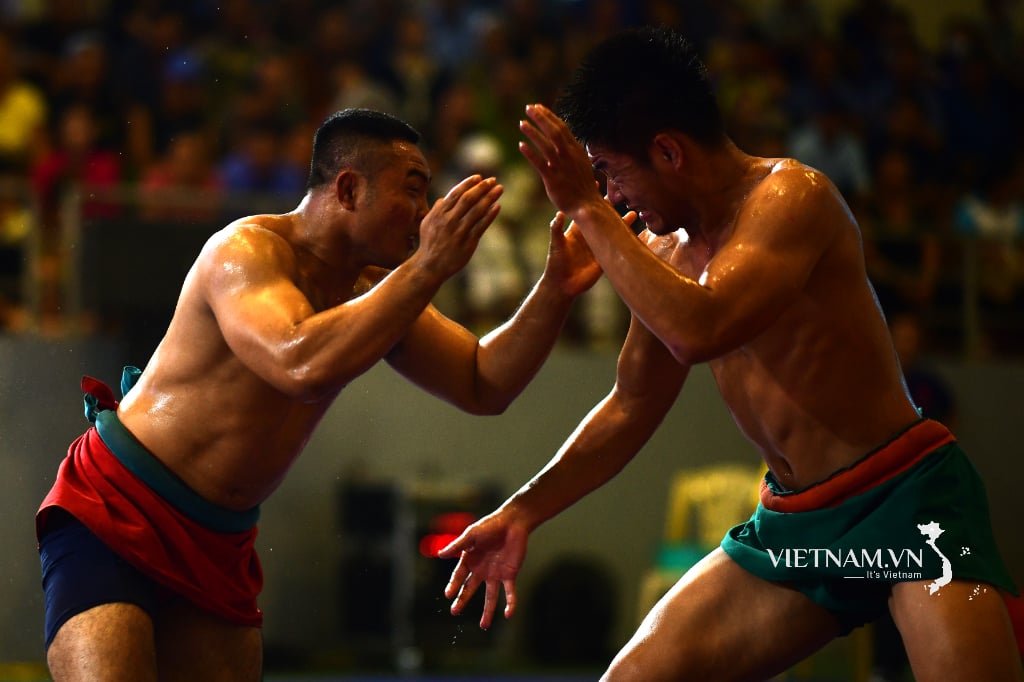

Comment (0)